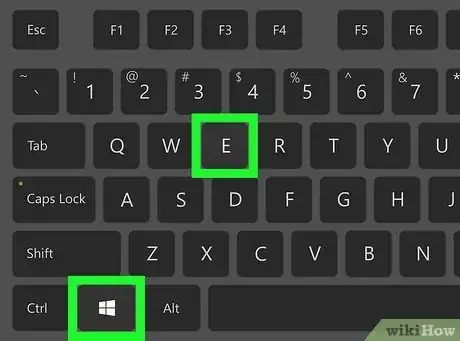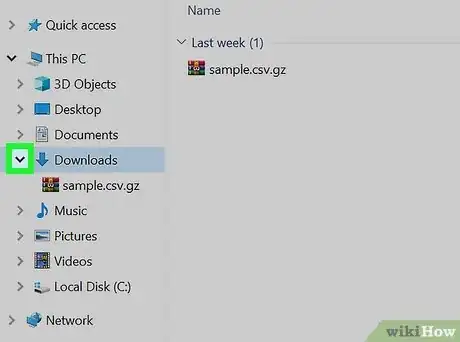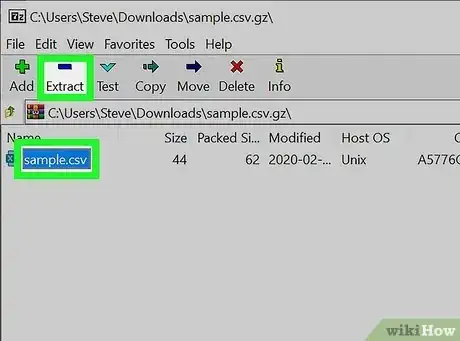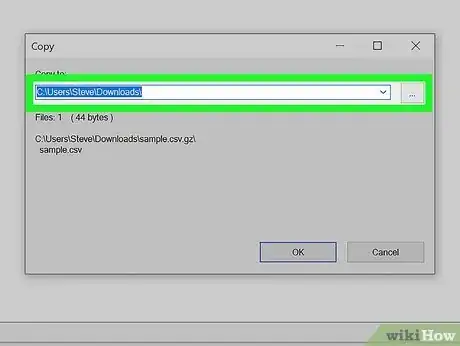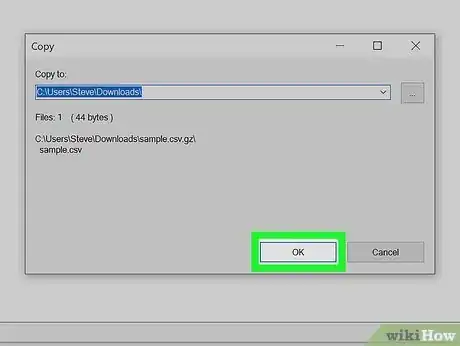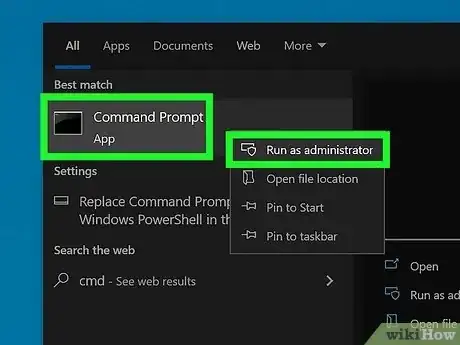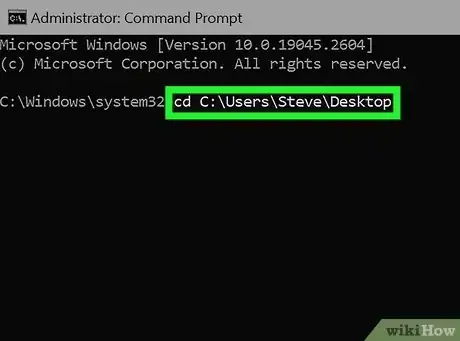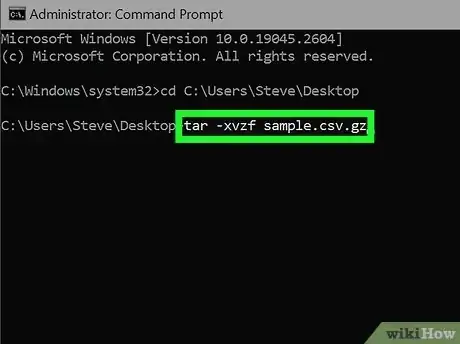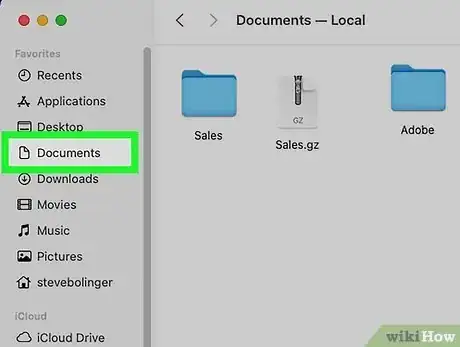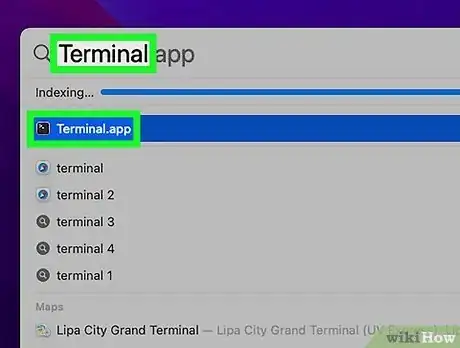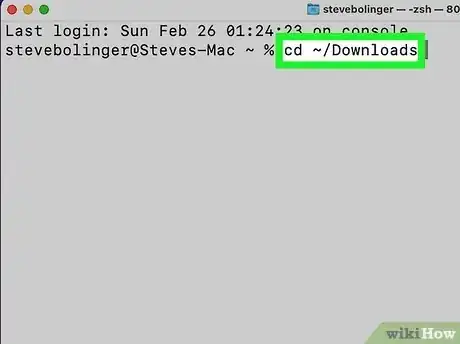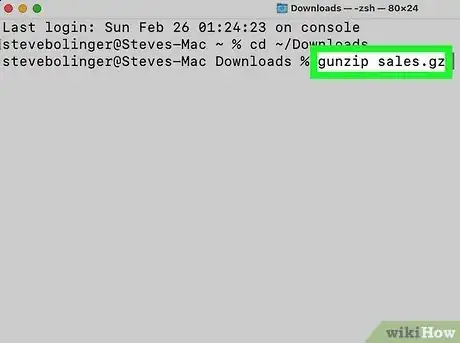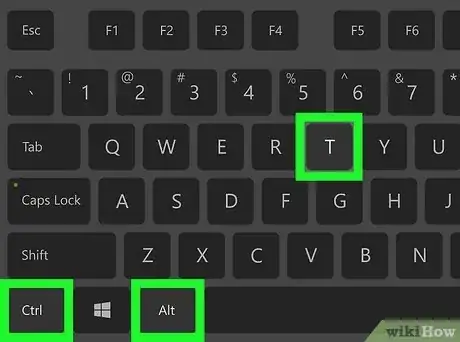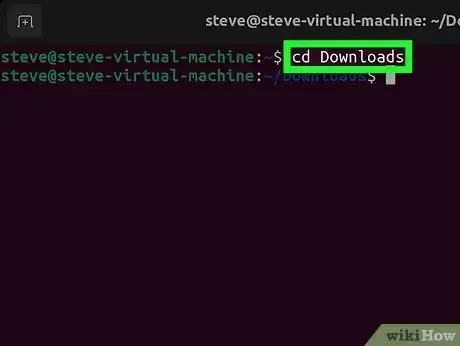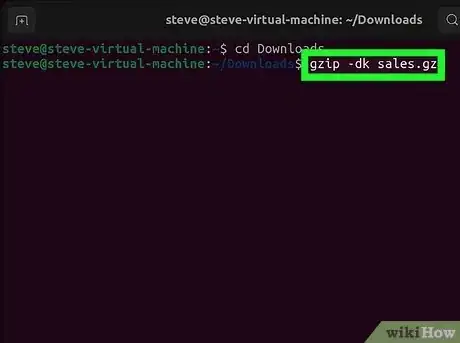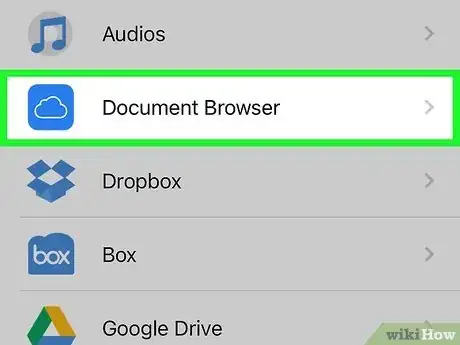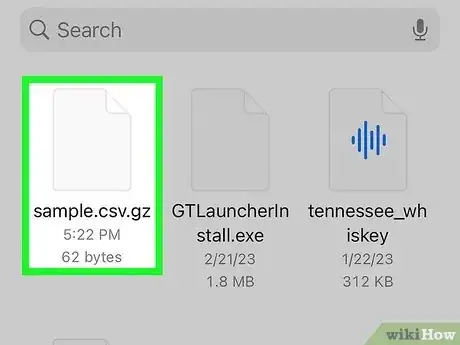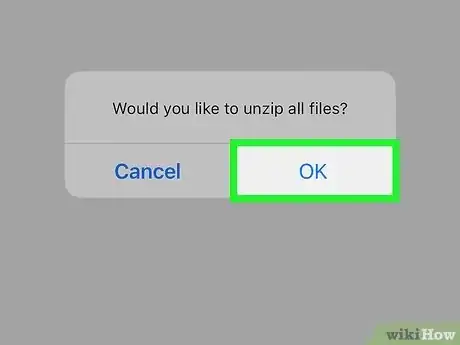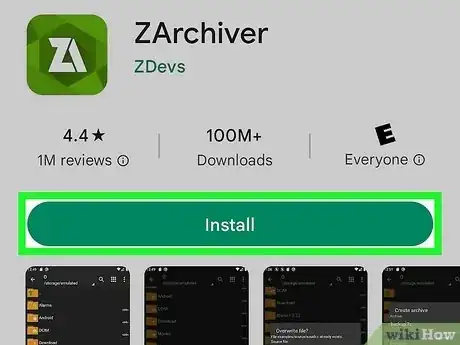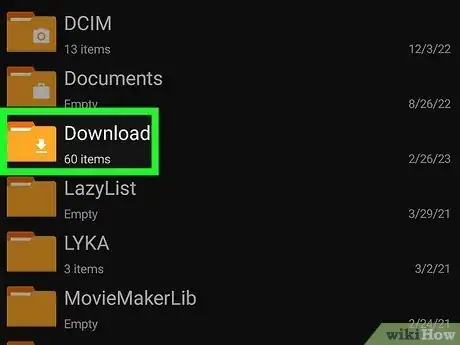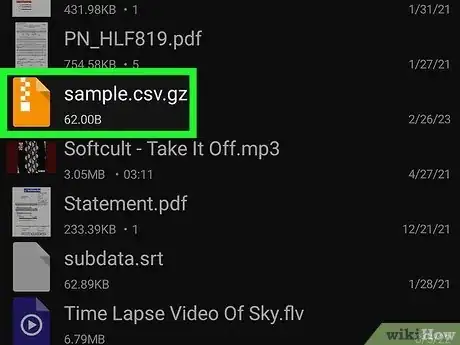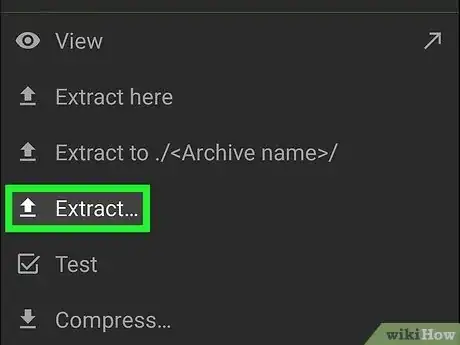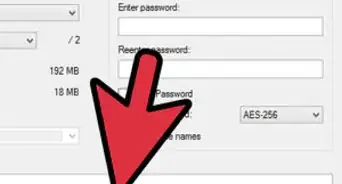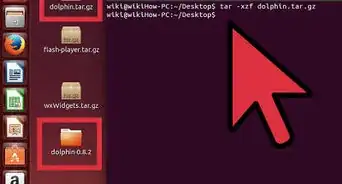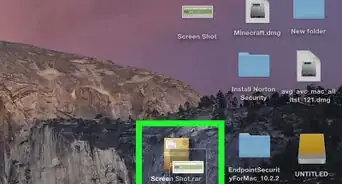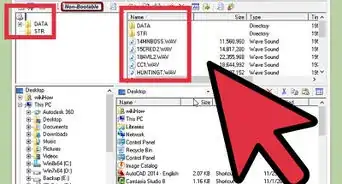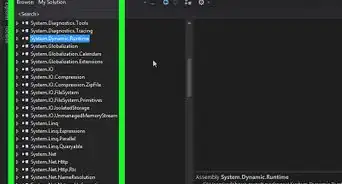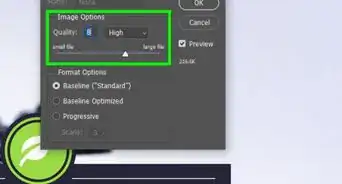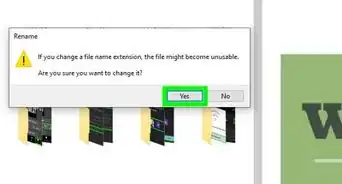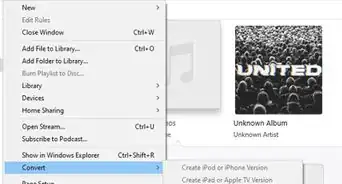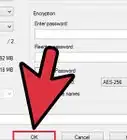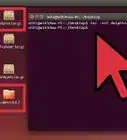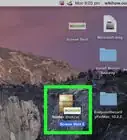This article was co-authored by wikiHow staff writer, Nicole Levine, MFA. Nicole Levine is a Technology Writer and Editor for wikiHow. She has more than 20 years of experience creating technical documentation and leading support teams at major web hosting and software companies. Nicole also holds an MFA in Creative Writing from Portland State University and teaches composition, fiction-writing, and zine-making at various institutions.
The wikiHow Tech Team also followed the article's instructions and verified that they work.
This article has been viewed 1,243,501 times.
Learn more...
Do you have a file ending with .GZ that you need to open? GZ files are compressed files that typically contain multiple files and/or folders. To access the files inside, you'll need to extract them similar to how you'd unzip a ZIP file. Fortunately, it's easy to extract GZ files on any platform! This wikiHow article will teach you how to extract files from compressed GZ archives on Windows, Mac, Linux, iPhone, and iPad.
Things You Should Know
- If you're using Windows, you can extract GZ files using the "tar" command in Command Prompt or by installing the 7-Zip program.
- On a Mac, just double-click the file to extract it, or use the command gunzip filename.gz in a Terminal window.
- If you're using Linux, use the gzip -d filename.gz to extract the files.
Steps
Using 7-Zip for Windows
-
1Download and install 7-Zip. 7-Zip is a free, easy-to-use Windows utility that can easily extract files from any GZ archive. This is the easiest way to extract GZ files, and you can use the program in any version of Windows. To install 7-Zip:
- Go to http://www.7-zip.org/download.html
- Click the Download link for your version of Windows. If you're not sure whether you're using 64-bit or 32-bit, here's how to check.
- Once downloaded, double-click the 7-Zip setup file.
- Click Yes when prompted and follow the on-screen instructions to install.
-
2Open File Explorer . You can do this with the keyboard shortcut Windows key + E or by clicking the File Explorer icon in your Start menu.Advertisement
-
3Go to your GZ file's location. Click the folder that contains the GZ folder on the left side of the File Explorer window.
- You may have to click through multiple folders to get to the GZ folder.
-
4Double-click the GZ file. This will instantly launch 7-Zip with your GZ folder selected.
-
5Select your GZ file and click Extract. This is the blue minus sign in the toolbar.
- You can also extract other types of archives, including TGZ files.
-
6Select a destination. By default, the current folder will be selected. If you want to extract the files to a different folder, click ⋯, select a destination (e.g., Desktop), and click OK.
-
7Click OK. It's at the bottom of the window. This extracts the files and folders from the GZ to the selected folder.
- Once the process completes, you can double-click the extracted folder to view the GZ folder's contents.
Using Windows Command Prompt
-
1Open the Command Prompt as an administrator. If you don't want to download software like 7-Zip to extract the GZ file, you can use the built-in tar command in the Command Prompt tool. Because you'll need to have administrator access to extract the files, start with these steps:
- Press the Windows key and type cmd.
- Right-click cmd and select Run as administrator.
- Click Yes to confirm.
-
2Use the cd command to enter the folder that contains your GZ file. For example, if your file is on your desktop, you'd type cd C:\Windows\Users\yourusername\Desktop and press Enter.
- Here's an easy trick to find your full path in File Explorer:
- Press Windows key + E to open File Explorer.
- Open the folder that contains your GZ file.
- Click the address bar at the top of the window once to display and highlight the path.
- Once you have the path, you can right-click it and select Copy, making it easy to paste right into your command.
- Here's an easy trick to find your full path in File Explorer:
-
3Use tar -xvzf filename.gz to extract the file to the current folder. This simple command instantly unpacks all of the files and folders in the GZ file into the same folder.
- If you want to extract the files to a different folder, you can specify a destination folder with the -C flag like this: tar -xvzf filename.gz -C destinationfolder
- Replace destinationfolder with the full path to the folder to which you want your extract files to appear.
- For example, to extract a file called documents.tar.gz to your desktop, you'd use tar -xvzf documents.tar.gz -C C:\Windows\Users\yourusername\Desktop
- If you want to extract the files to a different folder, you can specify a destination folder with the -C flag like this: tar -xvzf filename.gz -C destinationfolder
Using Mac Archive Utility
-
1
-
2Open the folder that contains your GZ file. For example, if the file is in your Downloads folder, click Downloads now.
-
3Double-click the GZ file to extract the files. This unpacks the files and folders to the current folder.
- If this doesn't work, press Ctrl as you click the file, select Open with, and then choose Archive Utility.
Using Mac Terminal
-
1Open the Terminal app on your Mac. If you want to use a command-line tool to extract the files, it's easy to do in Terminal.
- To open Terminal, click the magnifying glass at the top-right corner of your menu bar (or press Command + Spacebar), type terminal, and double-click Terminal in the search results.
- You can also open Terminal in Finder by selecting Go > Utilities > Terminal.
-
2Use the cd command to enter the folder that contains your GZ file. For example, if your file is in your downloads, type cd ~/Downloads and press Return.
-
3Use the command gunzip filename.gz to extract the files. For example, if your GZ file is called documents.gz, type gunzip documents.gz and press Return. The files will be extracted to the current folder.
Using Linux
-
1Open a Terminal window. If you're using any version of Linux, including Ubuntu, you can use the gzip utility to unzip a GZ file. To open a Terminal, press Ctrl + Alt + T on your keyboard.
- This method will also work for TGZ files.
-
2Use the cd command to enter the directory that contains your GZ file. For example, if you downloaded the file, type cd Downloads and press Enter to go to the Downloads folder.
- To make sure you're in the right directory, use the command ls -a to list the files.
-
3Use gzip -d filename.gz to extract the files. This command instantly unpacks the files from the GZ archive into the current directory.
- This command will also remove the original GZ file. If you want to keep the GZ file while still extracting the files inside, use gzip -dk filename.gz instead.
- If the file ends with tar.gz instead of just gz, use tar -xvf filename.tar.gz instead.
Using an iPhone or iPad
-
1
-
2Select the location of your GZ file. For example, if the GZ file is saved to your iPhone, select Files at the top, then navigate to the folder that contains your file.
- If the file is in your Google Drive, Dropbox, Box, or OneDrive, select the service and follow the on-screen instructions to log in. Then, you'll be able to navigate to the file.
-
3Tap the GZ file and select Yes. This displays the contents of the file and asks if you'd like to unzip them.
-
4Tap OK to confirm. This final step extracts the files from the GZ archive to the current folder.
Using an Android
-
1Download Zarchiver on your Android. You'll find this free app in the Play Store. Just search the Play Store for zarchiver and tap Install. You can also go straight to the app's details page in your browser.
-
2Open Zarchiver. Once installed, you can tap Open in the Play Store or tap the new folder icon in your app list.
-
3Navigate to your GZ file. Browse to the folder that contains your GZ file. You can also search for the file by tapping the magnifying glass at the top of Zarchiver.
-
4Tap the GZ file. Several options will appear at the bottom of the screen.
-
5Tap one of the two Extract options. The first option, Extract here, extracts the files to the current folder. If you'd rather Zarchiver create a new folder for the extracted files, select Extract to ./<Archive name>/ instead. This will extract the files to the selected folder.
Community Q&A
-
QuestionHow do I open gz files in Adobe as PDF?
 Community AnswerDownload 7z extractor and then extract your file to a folder. The extracted file will have the extension of .TAR. Extract the .TAR file and you'll have a folder containing a PDF, .epub, .mobi and other versions of the file. You can now use any version of the file.
Community AnswerDownload 7z extractor and then extract your file to a folder. The extracted file will have the extension of .TAR. Extract the .TAR file and you'll have a folder containing a PDF, .epub, .mobi and other versions of the file. You can now use any version of the file. -
QuestionHow do I open a zip file on Windows 10?
 Community AnswerYou can open a zip file by extracting it using file explorer. You can do this by right clicking on the zip file and selecting "Extract all" to the destination where you want it to be.
Community AnswerYou can open a zip file by extracting it using file explorer. You can do this by right clicking on the zip file and selecting "Extract all" to the destination where you want it to be.
About This Article
1. Install 7-Zip for Windows.
2. Open the File Explorer.
3. Select the folder that contains the GZ.
4. Click the Home tab.
5. Click Copy path.
6. Open 7-Zip.
7. Paste the copied path into the address bar.
8. Click the folder icon.
9. Click Extract.
10. Select a destination and click OK.

